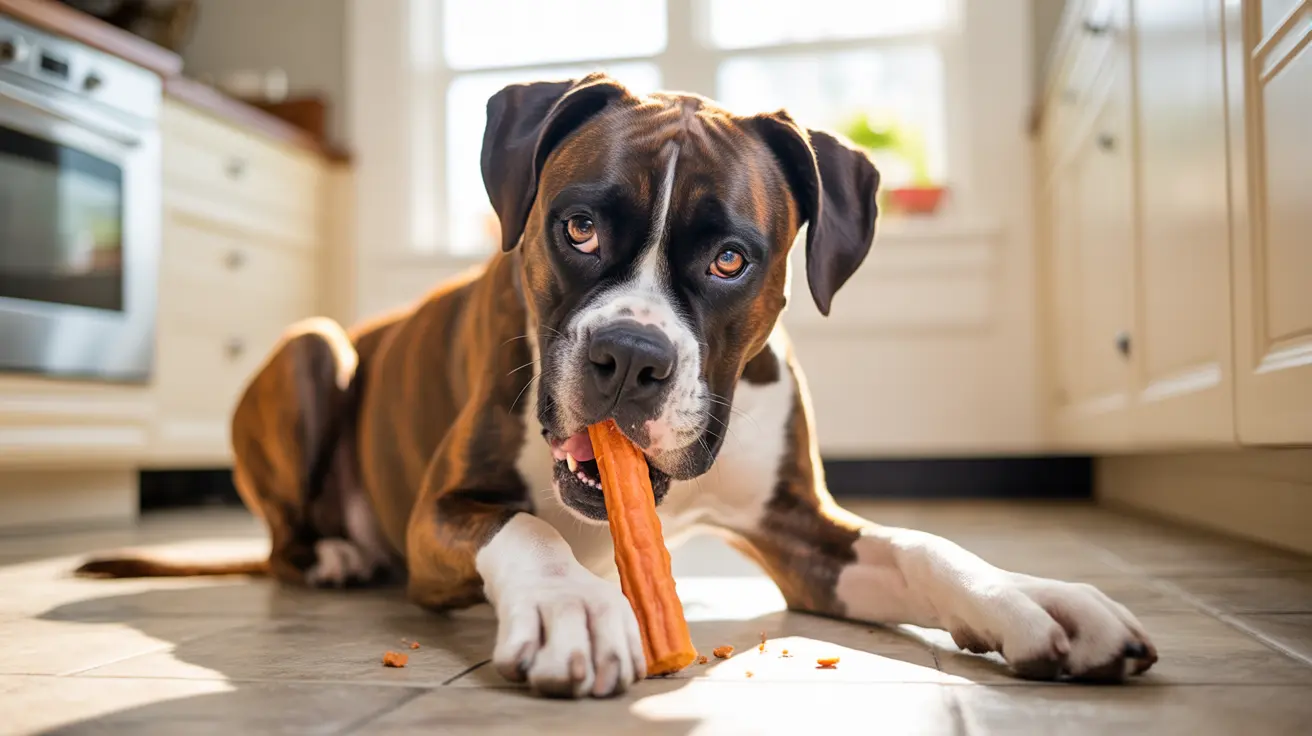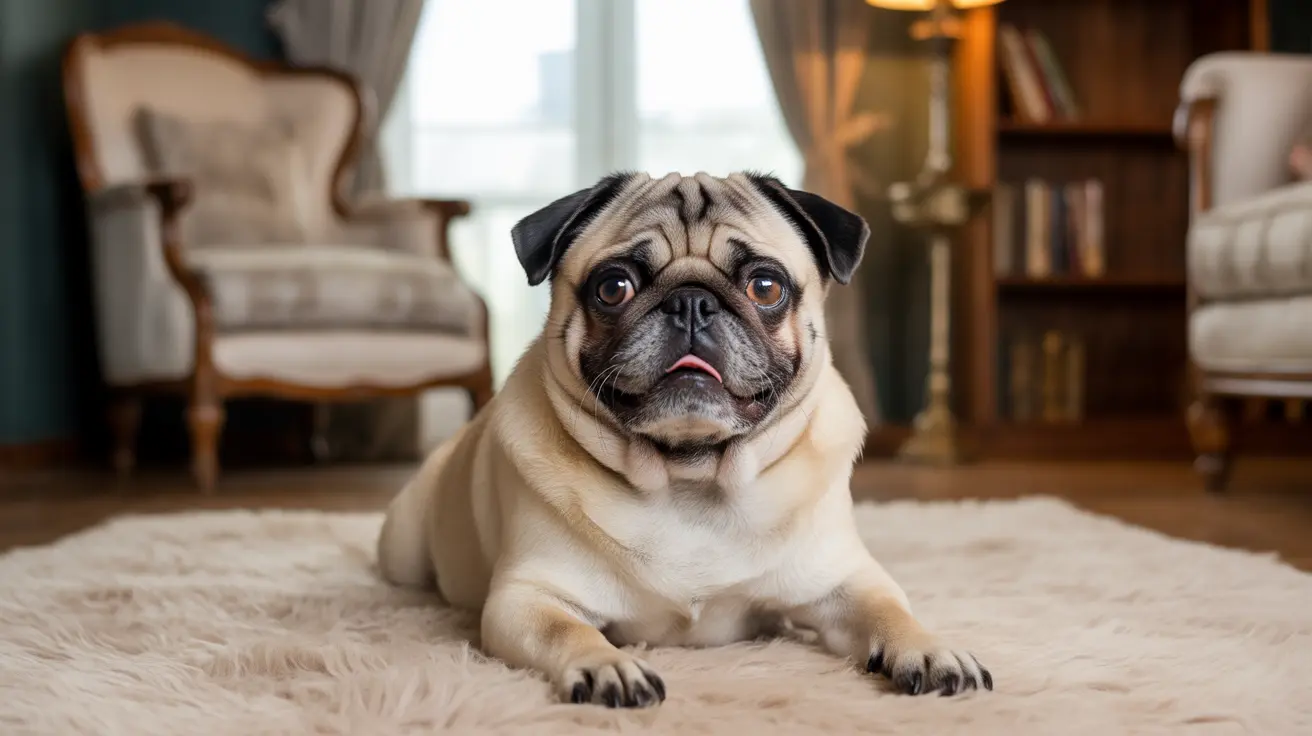Why Dog Paws Smell Like Fritos: The Science Behind the Scent
If you've ever snuggled up with your dog and caught a whiff of something strangely reminiscent of corn chips coming from their feet, you're not alone. Many dog owners notice that their pet's paws give off an odor similar to Fritos or other corn-based snacks. This quirky phenomenon has a scientific explanation rooted in the world of microbes.
The Microbial World on Dog Paws
Every healthy dog's skin is home to a diverse community of bacteria and yeast. On their paws, this micro-ecosystem thrives thanks to several factors:
- Bacteria like Proteus and Pseudomonas are common inhabitants of canine skin, especially between the paw pads.
- Yeast species also find a comfortable home in these moist crevices.
- Dogs have sweat glands in their paw pads, which release moisture—especially after walks or naps.
This combination of warmth and moisture creates the perfect breeding ground for microbes. As these bacteria and yeast multiply, they produce organic compounds that can smell surprisingly like corn chips.
Why Does the Smell Intensify?
The intensity of the "Frito feet" aroma often increases when:
- Your dog has just woken up (warmth and moisture accumulate during sleep).
- After a walk, especially in humid or wet conditions.
- If your dog licks their paws frequently, adding even more moisture.
The crevices between paw pads and any longer fur in the area trap moisture, giving bacteria and yeast more opportunity to flourish. The more they grow, the stronger the scent becomes. It's one of those odd but harmless quirks many dogs share.
When Is the Smell a Problem?
For most dogs, this mild snack-like odor is completely normal. However, there are times when you should pay closer attention:
- The smell becomes stronger, putrid, or unpleasant (not just corn chip-like).
- Paw pads appear red, swollen, irritated, or develop lesions.
- Your dog licks or chews their paws excessively.
- You notice hair loss around the feet or changes in toenails.
If any of these symptoms pop up—or if there's a sudden change in your dog's usual paw scent—it's time for a vet visit. These could be signs of bacterial or yeast infections, allergies, or other skin issues needing medical attention.
Maintaining Healthy (and Less Smelly) Paws
You can't (and shouldn't) eliminate all bacteria and yeast from your dog's skin; they're part of a healthy ecosystem. But you can help keep things balanced with some simple hygiene practices:
- Wash regularly: Use dog-formulated soap and water or safe cleansing wipes to clean your dog's paws after walks—especially if they've been exposed to mud or city grime.
- Dry thoroughly: Always dry between the toes and under fur after cleaning; lingering moisture encourages microbial growth.
- Trim fur between paw pads: Shorter fur means less space for bacteria to hide and less moisture retention.
- Keep nails short: This also helps reduce places where dirt can accumulate.
- Launder bedding regularly: Clean where your dog sleeps to cut down on environmental debris that might stick to their feet—especially important during rainy weather or if you live in an urban area.
You don't need to bathe most dogs frequently; once a month (or less) is typical unless they're particularly dirty or have specific skin conditions that require it. Over-cleaning can disrupt the natural balance on their skin and actually cause more problems than it solves.
Treatment for Strong Odors or Infections
If your dog's paw odor shifts from pleasantly snacky to overpowering—or if it's joined by redness, swelling, excessive licking, limping, or discomfort—a vet may recommend medicated wipes, sprays, or shampoos targeting bacteria and yeast. Sometimes underlying allergies lead to secondary infections that make odors worse; managing these allergies can help prevent future issues.
A Few Other Considerations
- Corn chip smells aren't always limited to feet; ears and skin folds can harbor similar microbes if they're moist enough.
- If you're ever unsure whether what you're smelling is normal—or if your dog seems uncomfortable—don't hesitate to get them checked out by a professional.
The bottom line: Most dogs' paws will occasionally emit that unmistakable Frito aroma thanks to friendly microbes doing what they do best. As long as your pup's feet look healthy and they're acting normally, there's no need for concern—or for reaching for harsh treatments. Sometimes nature just smells like snacks!





